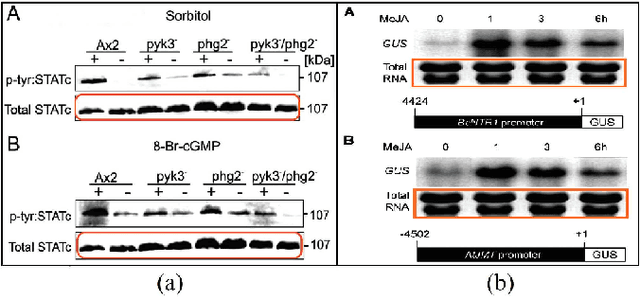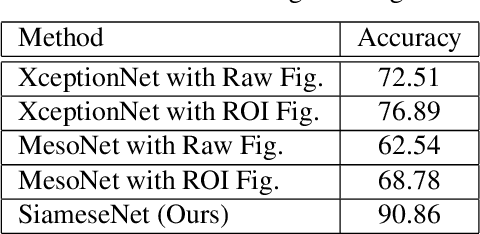Learning to identify image manipulations in scientific publications
Paper and Code
Feb 03, 2021



Adherence to scientific community standards ensures objectivity, clarity, reproducibility, and helps prevent bias, fabrication, falsification, and plagiarism. To help scientific integrity officers and journal/publisher reviewers monitor if researchers stick with these standards, it is important to have a solid procedure to detect duplication as one of the most frequent types of manipulation in scientific papers. Images in scientific papers are used to support the experimental description and the discussion of the findings. Therefore, in this work we focus on detecting the duplications in images as one of the most important parts of a scientific paper. We propose a framework that combines image processing and deep learning methods to classify images in the articles as duplicated or unduplicated ones. We show that our method leads to a 90% accuracy rate of detecting duplicated images, a ~ 13% improvement in detection accuracy in comparison to other manipulation detection methods. We also show how effective the pre-processing steps are by comparing our method to other state-of-art manipulation detectors which lack these steps.
 Add to Chrome
Add to Chrome Add to Firefox
Add to Firefox Add to Edge
Add to Edge